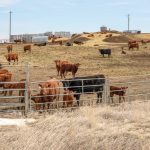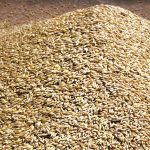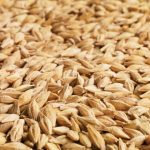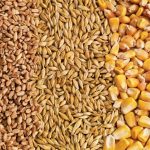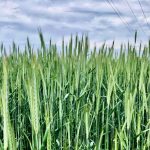MarketsFarm — With harvesting operations winding down, high-delivered bids for feed barley and wheat in Alberta are higher compared to the same time last month and last year. However, there is still some volatility in feed grain prices, according to one Lethbridge-based trader. “I think most (of the increase) was (due to) demand, but as




